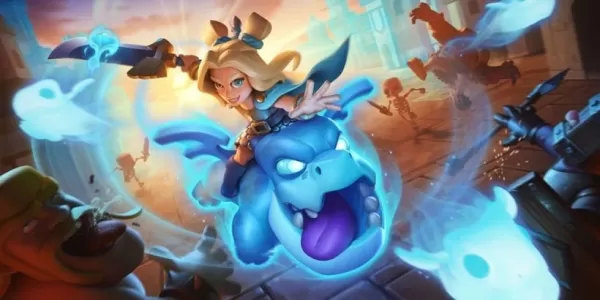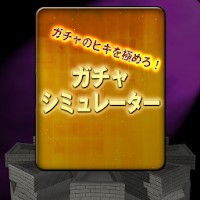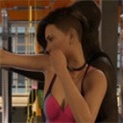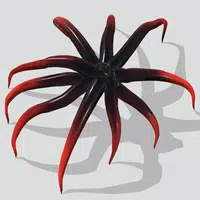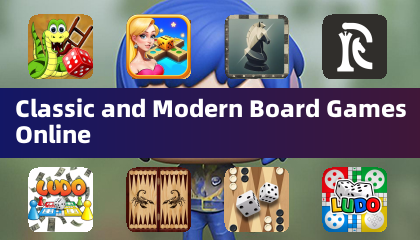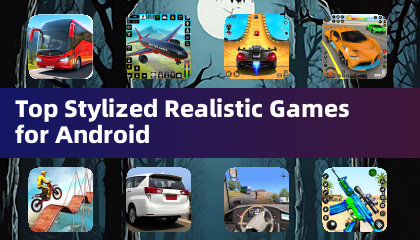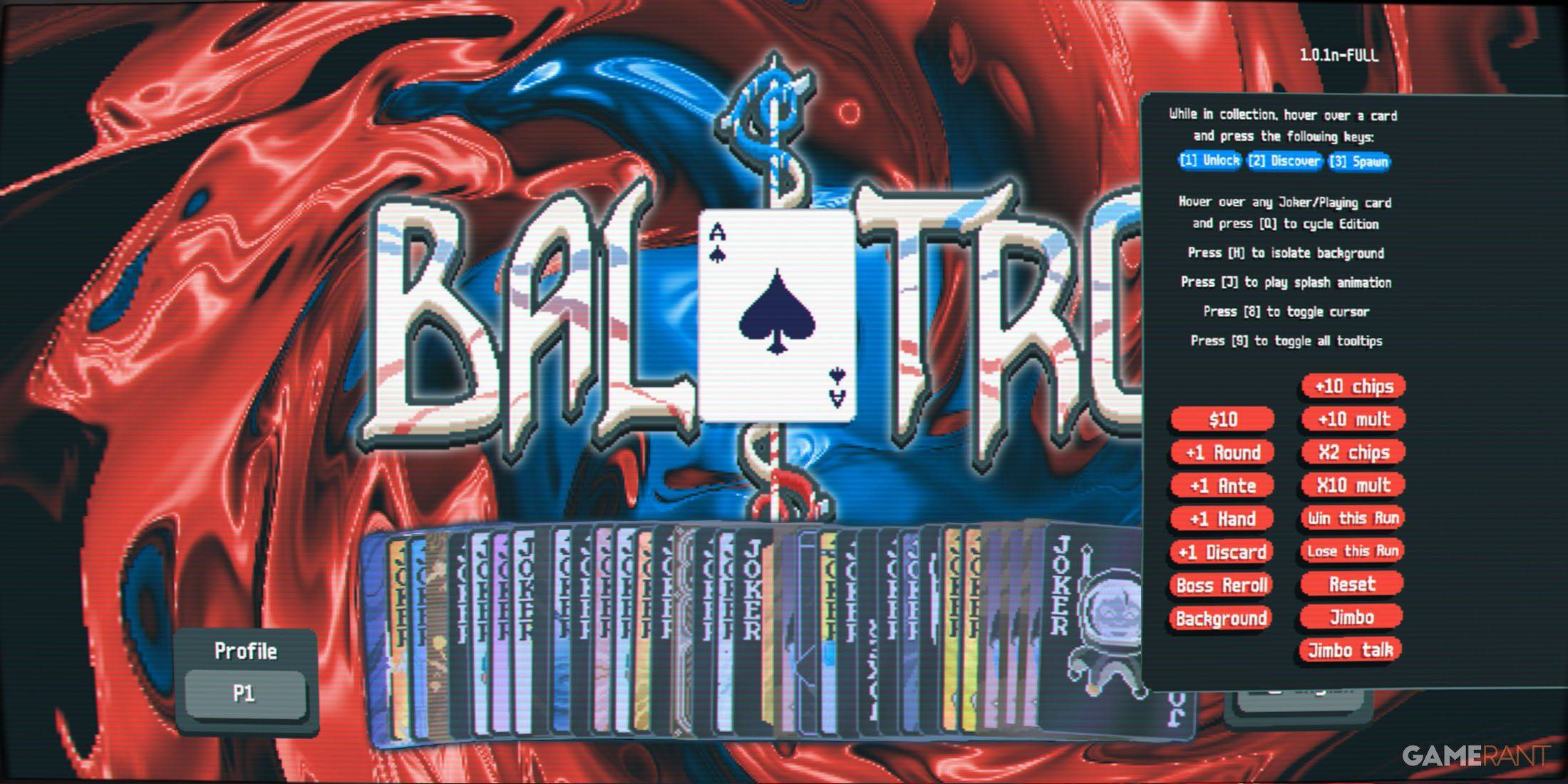At the start of April, Nintendo’s highly-anticipated Switch 2 Direct presentation concluded on a somber note. The showcase dazzled fans with a plethora of innovative features and an impressive lineup of upcoming titles. However, one crucial detail was conspicuously absent—the price. It wasn't long before fans' fears of a substantial price increase were validated. Nintendo later disclosed on the newly-launched Switch 2 website that the console would retail at $449, marking a $150 jump from the original Switch's launch price of $299. The lack of transparency regarding the price, coupled with the announcement that the flagship launch game, Mario Kart World, would cost $80, sparked a mix of frustration and concern over the console's potential success.
Some Nintendo enthusiasts, still reeling from the disappointment of the Wii U era, quickly succumbed to pessimism. They feared that the Switch 2's steep price tag would deter potential buyers, potentially plunging the company into another slump. After all, who would pay $450 for a console that, technologically speaking, is not on par with the PS5 or Xbox Series X? These concerns, however, were swiftly alleviated by a Bloomberg report predicting that the Switch 2 could become the most successful console launch ever, with projected sales of 6-8 million units. This would eclipse the current record of 4.5 million units set by the PS4 and PS5. Despite its price, the demand for the Switch 2 is evidently strong, a trend consistent with the history of console launches.
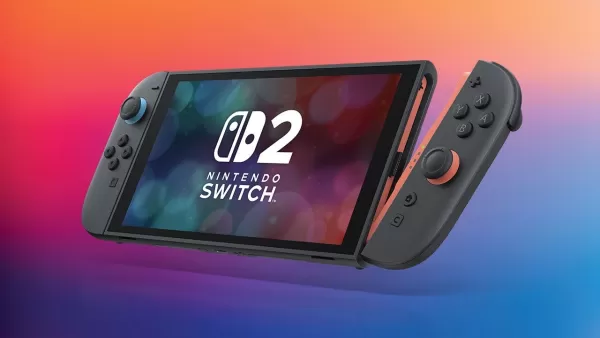
The Switch 2 is certainly not a budget-friendly option, yet its pricing aligns with that of its competitors. Looking back at Nintendo's biggest flop, the Virtual Boy, offers insight into why the Switch 2 is poised for success. Launched 20 years ago, the Virtual Boy was Nintendo's first and only foray into virtual reality. The allure of VR has always been strong, and its popularity today validates that appeal. However, in 1995, even the most advanced VR technology was not ready for the masses. The Virtual Boy, far from cutting-edge, required users to hunch over a table and peer into a viewport displaying games in a disconcerting red hue. Reports of headaches and the device's failure to deliver the immersive experience gamers expected led to its downfall.
In contrast, the Switch 2 is more akin to the successful Wii, which introduced reliable motion controls that revolutionized gameplay and broadened the gaming audience. The Wii's innovations remain integral to Nintendo's consoles, essential for games like Pikmin and Metroid Prime. Creating a highly desirable console is not unique to Nintendo; Sony's PlayStation 2, with its ability to play DVDs, became a must-have in the early 2000s. However, when Nintendo hits the mark, it does so spectacularly. The original Switch's seamless transition between handheld and console modes transformed the gaming landscape, a concept still highly valued today. The Switch 2 addresses the original's main drawback—its limited power—offering an improved experience without straying from the beloved hybrid concept.
The Switch 2's pricing is consistent with what competitors charge for their flagship consoles. Yet, it's not just about the hardware. The Wii U's failure serves as a reminder that a lack of compelling games can doom a console. Its launch title, New Super Mario Bros. U, felt repetitive and failed to invigorate the franchise, contributing to the console's poor sales. In contrast, the Switch 2 not only inherits a robust library from its predecessor but enhances the gaming experience with graphical upgrades and new content. The launch title, Mario Kart World, reinvents the series with an open-world approach reminiscent of Forza Horizon, providing a fresh and compelling reason for gamers to choose it over Mario Kart 8 Deluxe. Furthermore, a month post-launch, Nintendo will release the first 3D Donkey Kong game since 1999, styled similarly to Super Mario Odyssey, adding to the excitement. In 2026, an exclusive FromSoftware title, reminiscent of Bloodborne, will further bolster the Switch 2's appeal. Nintendo has effectively provided multiple reasons for gamers to embrace this new generation.

Price undoubtedly plays a role in purchasing decisions, and the Switch 2 is undeniably a premium product, especially in today's economic climate. Nonetheless, its pricing is in line with that of the PS5 and Xbox Series X. While some might argue that the Switch 2's hardware should align it with the cheaper Xbox Series S, Nintendo's unique offerings justify its price point. The PS3 serves as a cautionary tale of how an excessively high price can hinder sales; at launch, it was priced at $499 for the 20GB model and $600 for the 60GB version, leading many to opt for the more affordable Xbox 360. Today, the Switch 2's price, though high, is not unprecedented—it's the industry standard.
Nintendo's distinctive position in the gaming world stems from its ability to produce groundbreaking games that set industry standards, and fans are willing to pay a premium for them. Yet, in comparison to the competition, the Switch 2's price is not a premium—it's on par with the market. While it may not match the PS5's power, it offers a desirable package with a strong game lineup. There are limits to what consumers will pay, and if game prices continue to rise, Nintendo might reach that limit. However, for now, Nintendo is merely matching the benchmark set by its rivals. With over 75 million PS5 units sold, it's clear that this price point is one that consumers are willing to meet.

